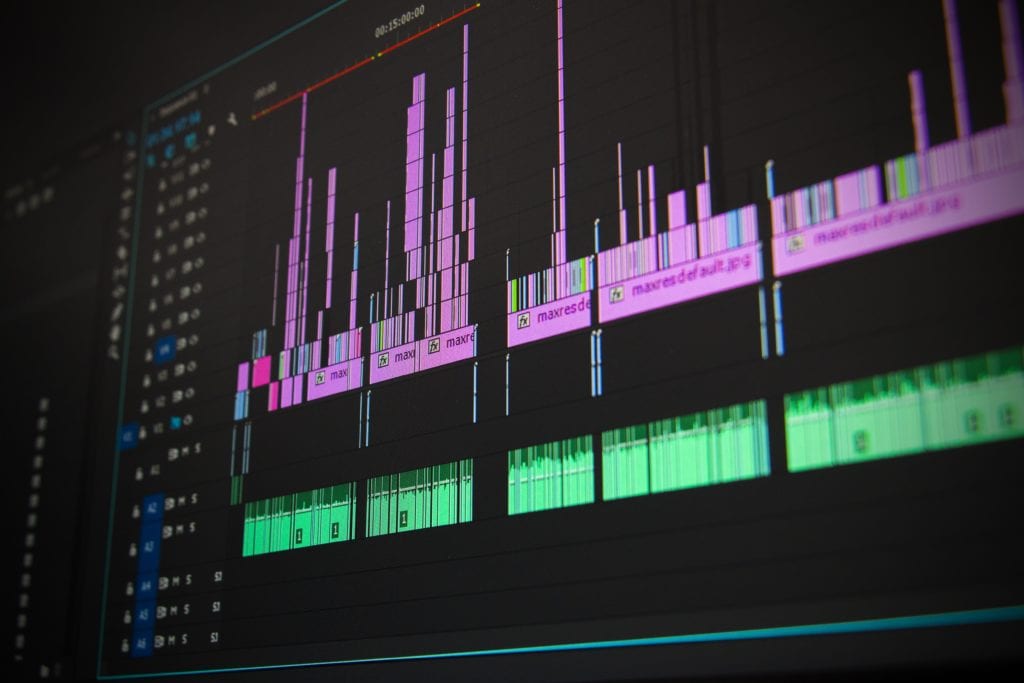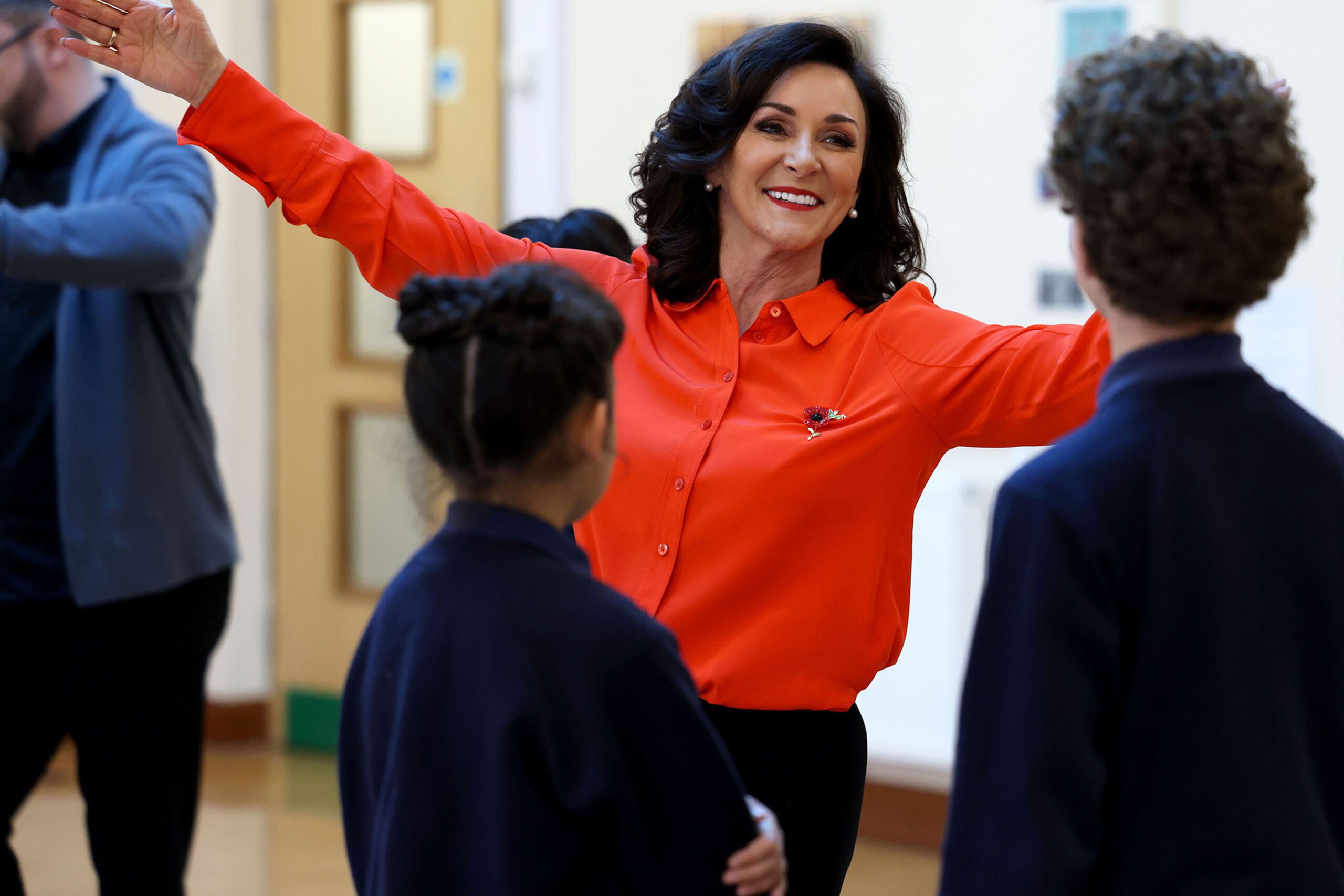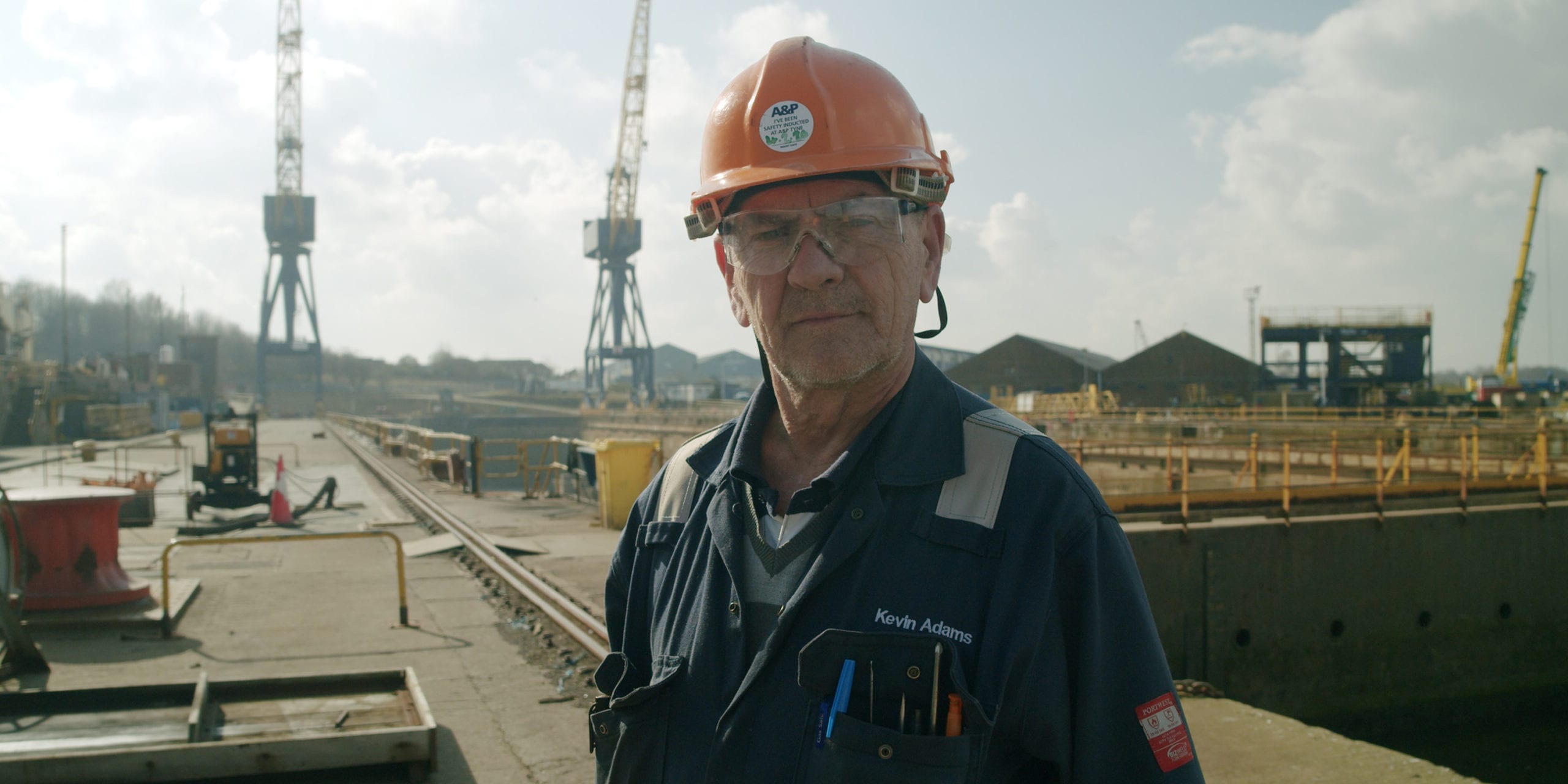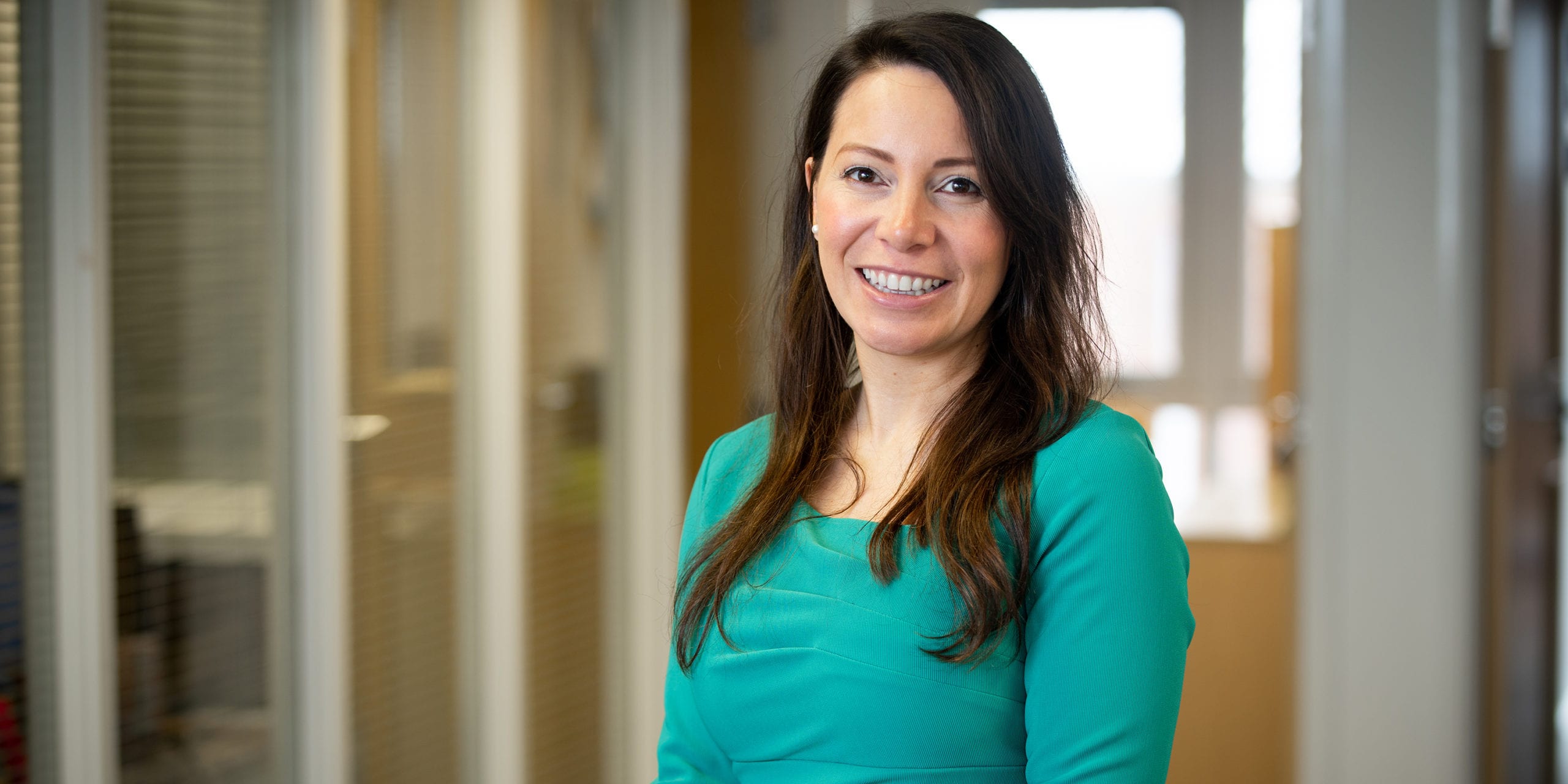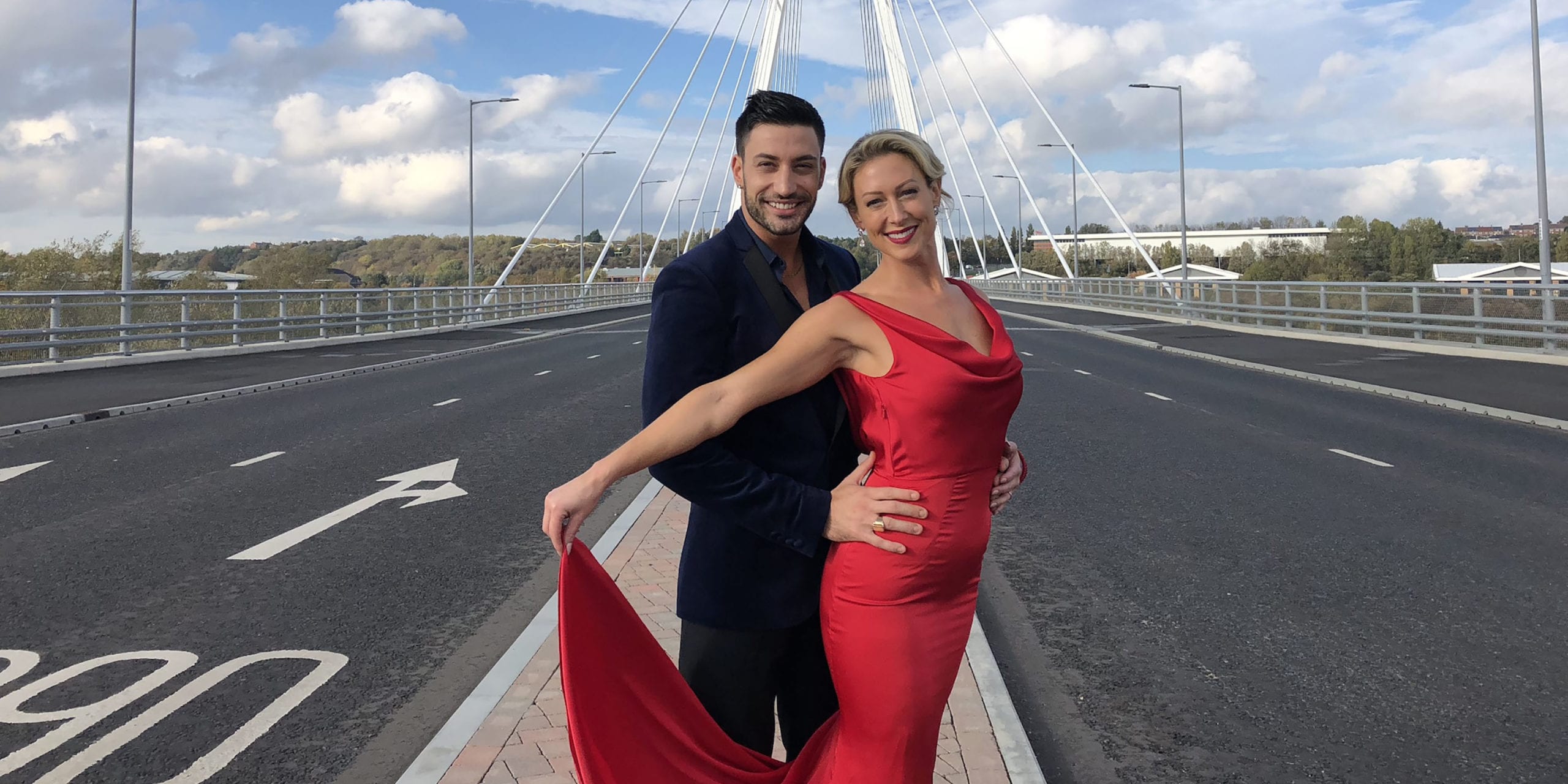Video
We’re not your typical video production company. Our wider expertise working with membership organisations, regulatory bodies and across the infrastructure, regeneration and energy sectors means we produce content that speaks to your audiences and is focussed on meeting your objectives in a way that other production companies can’t.
